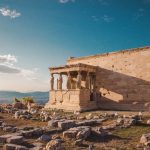Imagine standing before the mighty Colosseum in Rome, its ancient arches echoing with the cheers of spectators from a bygone era. This colossal amphitheater, a testament to Roman engineering prowess, once hosted gladiatorial contests and grand spectacles. It symbolizes not just Roman entertainment but also their architectural innovation and societal values.
Moving eastward, the Great Wall of China stretches like a sinuous dragon across rugged landscapes. Constructed over centuries, it embodies China’s determination to protect its borders and preserve its rich heritage. The Wall whispers tales of dynasties and battles fought, of emperors and armies that once guarded the Middle Kingdom.

In the heart of Egypt, the enigmatic Sphinx gazes solemnly towards the horizon. This mythical creature with the body of a lion and the head of a pharaoh is a marvel of ancient Egyptian artistry. It stands sentinel beside the pyramids of Giza, those towering tombs that house the remains of pharaohs and treasure troves of ancient artifacts.
Closer to home, the Statue of Liberty in New York Harbor beckons travelers from afar. A gift from France, Lady Liberty is more than a monumental sculpture; she embodies freedom and opportunity, welcoming immigrants to the shores of a new world.
Unveiling History: 10 Must-See Historic Monuments Around the World
Ever wondered how ancient civilizations left their mark on our modern world? Historic monuments are like time capsules that preserve the stories of our ancestors. From colossal pyramids to majestic temples, these landmarks not only showcase architectural marvels but also hold the secrets of bygone eras.
Spanning over 13,000 miles, the Great Wall of China stands as a testament to ancient defensive architecture. Built over centuries by different dynasties, it snakes through mountains and valleys, offering breathtaking views and a glimpse into China’s rich history.
A symbol of eternal love, the Taj Mahal in Agra is a masterpiece of Mughal architecture. Its intricate marble façade changes hues with the sunlight, creating a mesmerizing experience that attracts millions of visitors each year.
Nestled high in the Andes Mountains, Machu Picchu is an ancient Incan city that remains remarkably well-preserved. Its terraced slopes and stone structures offer a window into the sophisticated engineering and spiritual beliefs of the Inca civilization.
In the heart of Rome stands the Colosseum, a symbol of ancient Roman engineering and entertainment. Imagine the roar of the crowds and the gladiators’ battles echoing through its corridors, transporting you to a time of spectacle and grandeur.
Dotting the remote Easter Island are nearly 1,000 moai statues, each a tribute to the island’s Polynesian past. These enigmatic figures, with their solemn expressions and mysterious origins, continue to fascinate historians and travelers alike.
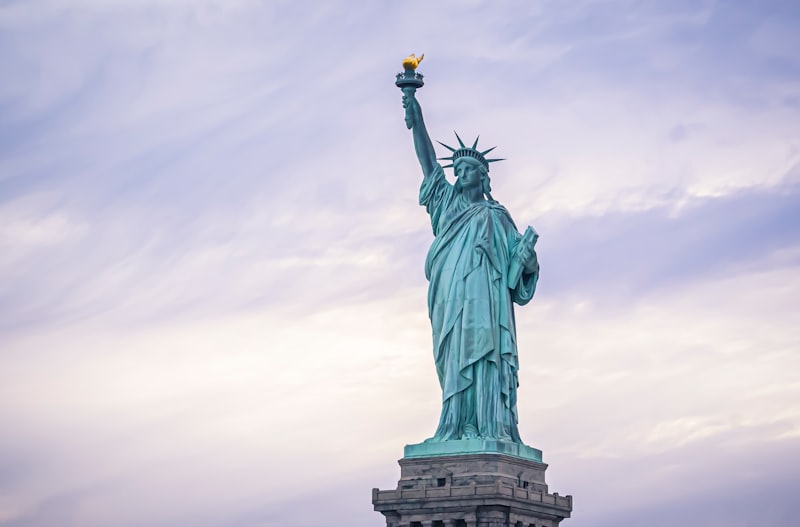
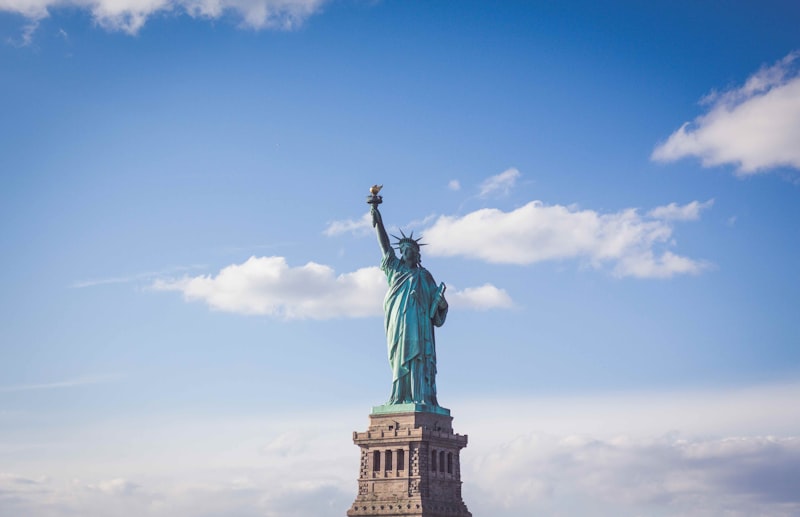
Perched high above Athens, the Acropolis is a beacon of classical Greek architecture and culture. The Parthenon, dedicated to the goddess Athena, dominates the skyline and is a symbol of democracy and artistic achievement.
The largest religious monument in the world, Angkor Wat is a stunning example of Khmer architecture and Hindu-Buddhist artistry. Its intricate bas-reliefs and towering spires evoke a sense of wonder and reverence.
Built by the Maya civilization, Chichen Itza is a complex of temples and pyramids that reflects astronomical precision and cultural sophistication. The iconic El Castillo pyramid is aligned with the movements of the sun, highlighting Mayan achievements in mathematics and astronomy.
Carved into pink sandstone cliffs, Petra is a UNESCO World Heritage site and an ancient Nabatean city. Its rock-cut architecture and elaborate water management system demonstrate the ingenuity of its inhabitants who thrived in the desert.
Set amidst the Salisbury Plain, Stonehenge is a prehistoric monument shrouded in mystery. Its towering stones aligned with the solstices continue to puzzle historians about its purpose and the civilization that erected it.
Iconic Statues That Define Cities: A Journey Through Time
Similarly, across the Atlantic in Paris, the Eiffel Tower stands tall as an enduring symbol of romance and architectural prowess. Built in 1889 as the entrance arch to the 1889 World’s Fair, this iron lattice masterpiece by Gustave Eiffel has become synonymous with the city of lights, drawing visitors from all corners of the globe to its panoramic viewpoints and enchanting aura.
Moving eastward, the ancient city of Beijing proudly boasts the majestic Forbidden City, home to the awe-inspiring Terracotta Army. Crafted over two millennia ago to guard Emperor Qin Shi Huang in the afterlife, these life-sized soldiers stand testament to China’s rich imperial history and artistic achievement, offering a mesmerizing glimpse into ancient Chinese civilization.
Not to be outdone, Rio de Janeiro boasts the iconic Christ the Redeemer statue, arms outstretched in a gesture of welcome and blessing over the city nestled below. Completed in 1931 atop Corcovado Mountain, this colossal statue of Jesus Christ has become a global symbol of Christianity’s embrace and Brazil’s warm hospitality.
From the serene canals of Venice with its lion-topped columns to the resilient resilience of Berlin’s Brandenburg Gate, iconic statues define the character and narrative of cities across the globe. Each structure tells a unique story of resilience, artistic vision, and cultural identity, inviting visitors to embark on a timeless journey through history and humanity’s enduring quest for greatness.
From Ancient Marvels to Modern Wonders: Exploring Historic Statues
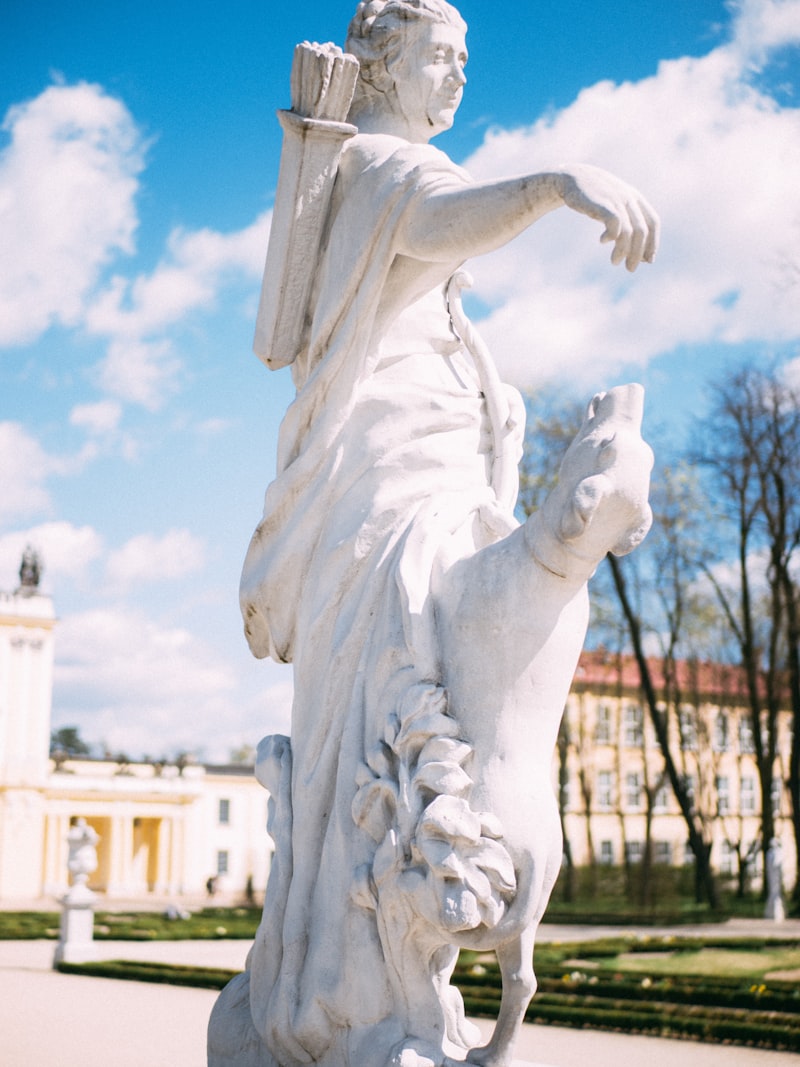
Statues have stood as timeless symbols of human creativity and ingenuity, bridging the gaps between civilizations across millennia. These monumental artworks not only reflect the artistic prowess of their eras but also embody the cultural, historical, and sometimes political narratives of their times.
Ancient civilizations, such as the Greeks and Romans, sculpted statues that depicted their gods and goddesses, heroes, and prominent figures. The majestic Statue of Zeus at Olympia, crafted by the sculptor Phidias around 435 BC, exemplifies the grandeur and divine reverence of Greek art. Its colossal size and intricate details were a testament to the Greeks’ belief in the power and majesty of their pantheon.
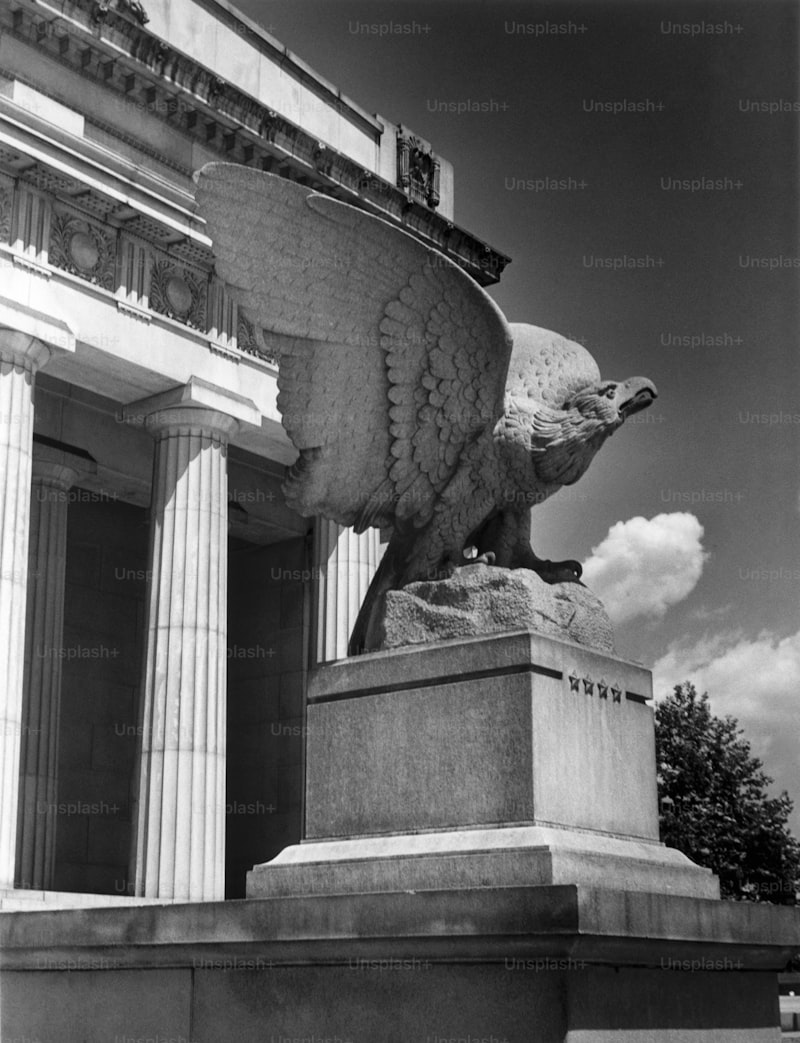
Moving forward through history, statues continued to evolve in style and purpose. During the Renaissance in Europe, artists like Michelangelo and Donatello revived classical forms and created masterpieces like Michelangelo’s David, a symbol of heroic beauty and humanism. This era marked a resurgence in the appreciation for classical art and laid the foundation for the humanist movement.
In more recent times, the Statue of Liberty in New York City has become an iconic representation of freedom and democracy. A gift from France to the United States, this colossal statue designed by Frédéric Auguste Bartholdi has welcomed immigrants and visitors to America since its dedication in 1886. Standing at 305 feet from the ground to the tip of its torch, Lady Liberty continues to inspire awe and symbolizes the ideals of liberty and hope.
Today, modern sculptures push the boundaries of artistic expression and technical innovation. The Christ the Redeemer statue in Rio de Janeiro, overlooking the city from atop Corcovado Mountain, is a marvel of engineering and religious symbolism. Constructed in the Art Deco style and completed in 1931, this statue of Jesus Christ has become an internationally recognized symbol of Christianity and Brazilian culture.
From the serene Buddha statues of Asia to the colossal Moai of Easter Island, statues throughout history have captivated people’s imaginations and stood as enduring testaments to human achievement. Each statue tells a story, whether of ancient mythology, cultural identity, or artistic brilliance, inviting us to explore and appreciate the rich tapestry of human history and creativity.
Preserving Heritage: The Stories Behind Famous Monuments
Have you ever stood in awe in front of a majestic monument and wondered about the tales it holds? Each iconic structure around the world has a rich history, weaving stories of triumph, tragedy, and the enduring spirit of humanity. These monuments stand not just as architectural marvels but as witnesses to centuries of civilization.
Take the Great Wall of China, for instance. Stretching over 13,000 miles across China’s northern borders, this colossal structure isn’t just a barrier of stone and earth but a testament to ancient Chinese engineering and perseverance. Built over centuries by successive dynasties, it served not only as a defense against invaders but also as a symbol of unity and strength.
Moving westward, the Pyramids of Giza in Egypt beckon with their enigmatic presence. These monumental tombs, constructed over 4,500 years ago, stand as a tribute to the pharaohs and their quest for immortality. The precision with which these pyramids were built, aligning perfectly with celestial bodies, showcases the advanced knowledge and ingenuity of ancient Egyptian civilization.
In Europe, the Eiffel Tower rises proudly against the Parisian skyline. Originally criticized for its avant-garde design, it has become a global icon of France and a symbol of artistic innovation. Gustave Eiffel’s masterpiece was constructed as the entrance arch for the 1889 World’s Fair and continues to attract millions of visitors annually, offering breathtaking views of Paris from its lofty heights.
Closer to home, the Statue of Liberty stands tall in New York Harbor, a gift from France symbolizing freedom and democracy. This colossal copper statue, designed by Frédéric Auguste Bartholdi, has welcomed generations of immigrants to the United States, embodying the ideals of hope and opportunity.
Each of these monuments has a unique story to tell, a narrative that goes beyond bricks and mortar. They connect us to our past, reminding us of the achievements and challenges faced by our ancestors. Preserving these monuments isn’t just about conserving physical structures but safeguarding our collective heritage for future generations.
Forgotten Treasures: Discovering Hidden Historic Statues
Imagine strolling through a quaint square where a weathered bronze figure stands, its outstretched hand holding a beacon of wisdom. This statue, once revered, now whispers stories of the great minds that shaped our world. Each crack and patina tells of trials endured and triumphs celebrated, offering a glimpse into the soul of a bygone era.
Across cobbled streets and shadowed alleys, other statues beckon with their stoic grace. Some guard ancient fountains where water still sings the melodies of forgotten times. Others stand sentinel in parks, where children play at their feet, unaware of the histories they embody.
These statues, often overshadowed by skyscrapers and neon lights, hold more than artistic value. They are portals to our collective memory, reminding us of the struggles and achievements that define us. Each one, a frozen tableau of human endeavor, asks us to pause and reflect on the narrative of our shared heritage.
In preserving these statues, we safeguard not just sculptures of stone and metal, but fragments of our identity. They are reminders of lessons learned and lessons yet to be understood. They endure as markers of our journey through time, beckoning us to unravel their mysteries and learn from the past they embody.
Frequently Asked Questions
How are historic monuments and statues protected?
Learn how historic monuments and statues are safeguarded through a combination of legal protections, conservation efforts, and community involvement. Explore the strategies used worldwide to preserve cultural heritage and ensure these landmarks endure for future generations.
Who decides the preservation of historic monuments and statues?
Historic monuments and statues are typically preserved by government agencies responsible for cultural heritage and historical preservation. These decisions are often made based on their historical significance, architectural value, and public interest.
How can I learn more about specific historic monuments and statues?
Explore detailed histories and significance of specific historic monuments and statues through guided tours, comprehensive online databases, and curated museum exhibitions. Engage with expert guides and resources to uncover unique stories and cultural contexts behind these landmarks.
Why are historic monuments and statues important?
Discover why historic monuments and statues are crucial to preserving cultural heritage and historical memory. They serve as tangible reminders of significant events, people, and societal values, offering insights into our past and shaping collective identity. By honoring these structures, we ensure that future generations can learn from and appreciate the lessons of history.
What are historic monuments and statues?
Learn about historic monuments and statues, which are significant structures or sculptures that commemorate important events, people, or cultural heritage. They serve to preserve history and inspire reflection on the past.

